Cobra DS-ADAPT LS Driver Review
Joe Ferguson takes a look at the latest low-spinning driver from Cobra, the DS-ADAPT LS, to see how it performs

The Cobra DS-ADAPT LS is an extremely impressive low-spin driver. Its predecessor set a strong benchmark, and in many ways, this model has surpassed it. The familiar triangular shape has softened somewhat, the playability has been enhanced, and the feel is nothing short of exquisite. There’s not much to dislike here.
-
+
Delivers on its low-spin promise
-
+
Improved head shaping
-
+
Impressive levels of forgiveness for a driver in this category
-
-
The ‘banner strip’ on the crown could be improved
Why you can trust Golf Monthly

The Darkspeed range from Cobra was one of the most impressive driver families of 2024. Comfortably earning its place among the best golf drivers of the year, it has now been replaced by a new franchise, the DS-ADAPT. In this review, I will be taking a look at the low-spin member of the family, the DS-ADAPT LS.
WATCH: Joe Ferguson takes a deep dive into the full Cobra DS-ADAPT driver range...
In terms of the technology on offer, Cobra is telling us we’ve got some slightly improved aerodynamics and a new improved H.O.T. face, but - somewhat interestingly - the real story of this range is in the adapter sleeve.
Cobra has introduced what it calls FutureFit33 which in basic terms is a new adjustable hosel, adapter, loft sleeve (whatever you want to call it), offering for the first time from Cobra the ability to decouple loft and lie when adjusting the driver, and as the name would suggest it has got a massive 33 individual settings.
To put that in context, that is more than double the settings that any of the other major manufacturers offer to the best of my knowledge to adjust your driver. Titleist has 16 available settings, TaylorMade has 12, and Callaway has 8.
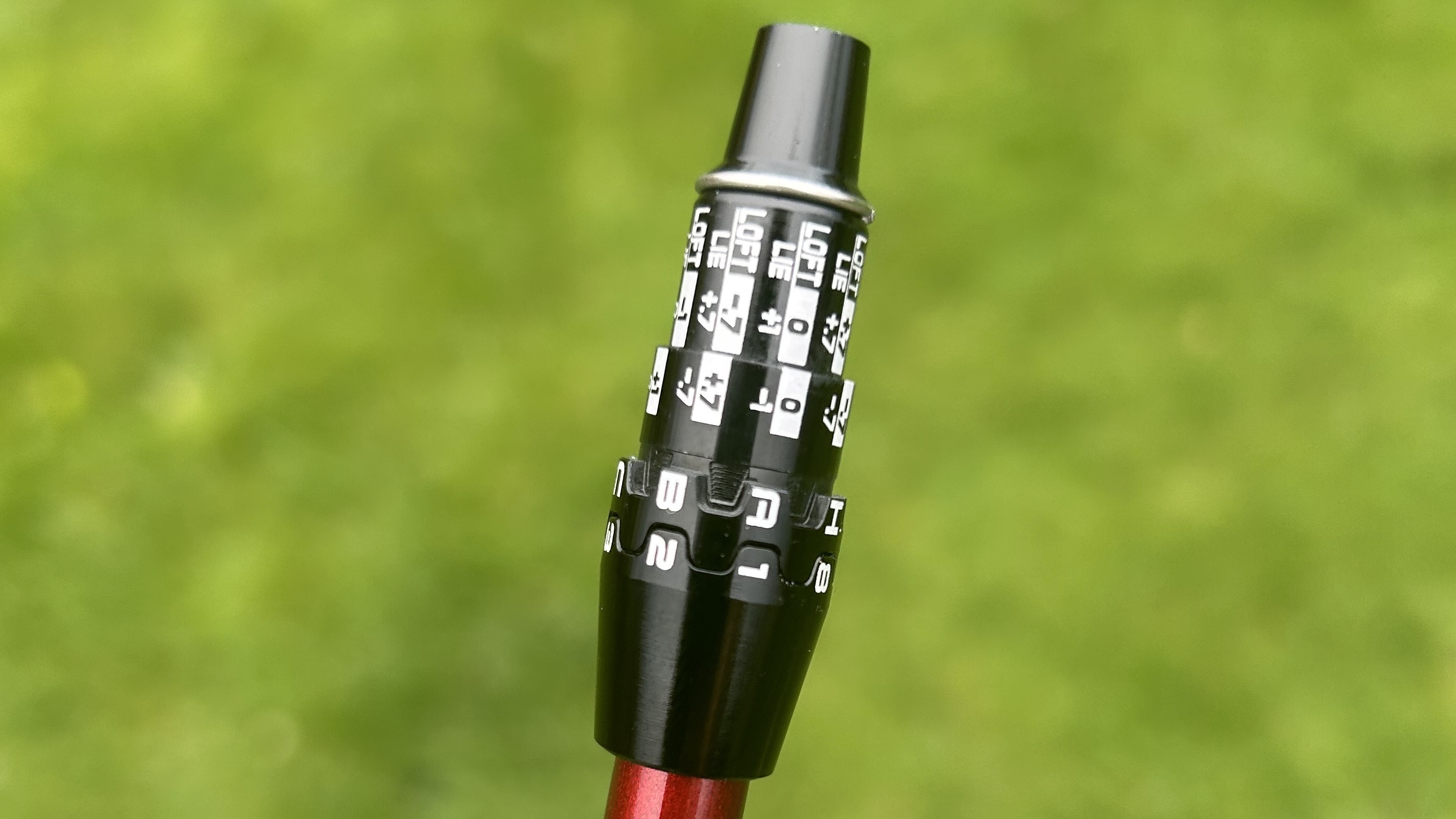
When I first heard about this new adapter, I was intrigued, however, I immediately had concerns that this could be somewhat confusing and simply too much for the average golfer to wrap their head around. However, clearly Cobra thought that too and as such have produced a really simple-to-follow guidance chart that they are referring to as the Mandala. This is available in the form of a physical card chart, or (and this is really cool) through an app that is accessible through a laser-etched QR code on the head of each driver.

If you are looking to fit yourself into a suitable setting, the idea is that you consult the chart and highlight whereabouts your predominant ball flight is sitting within the options. If that happens to be straight down the middle with a great trajectory then good for you, you’re in a great spot! However, if that isn’t the case then Cobra’s advice is to simply head over to the other side of the chart and find the opposing setting to your window, and that setting will provide the optimal flight correction.
So what does “decoupling loft and lie” actually mean and why is it significant? Well, on a lot of major manufacturers' adapters, when you alter the loft of the driver from the neutral or stated loft setting you will also be altering the lie angle which can impact start direction and curvature. Cobra’s new two-cog system allows those adjustments to be made independent of one another which is potentially very useful, although not a brand new innovation to the market in itself.
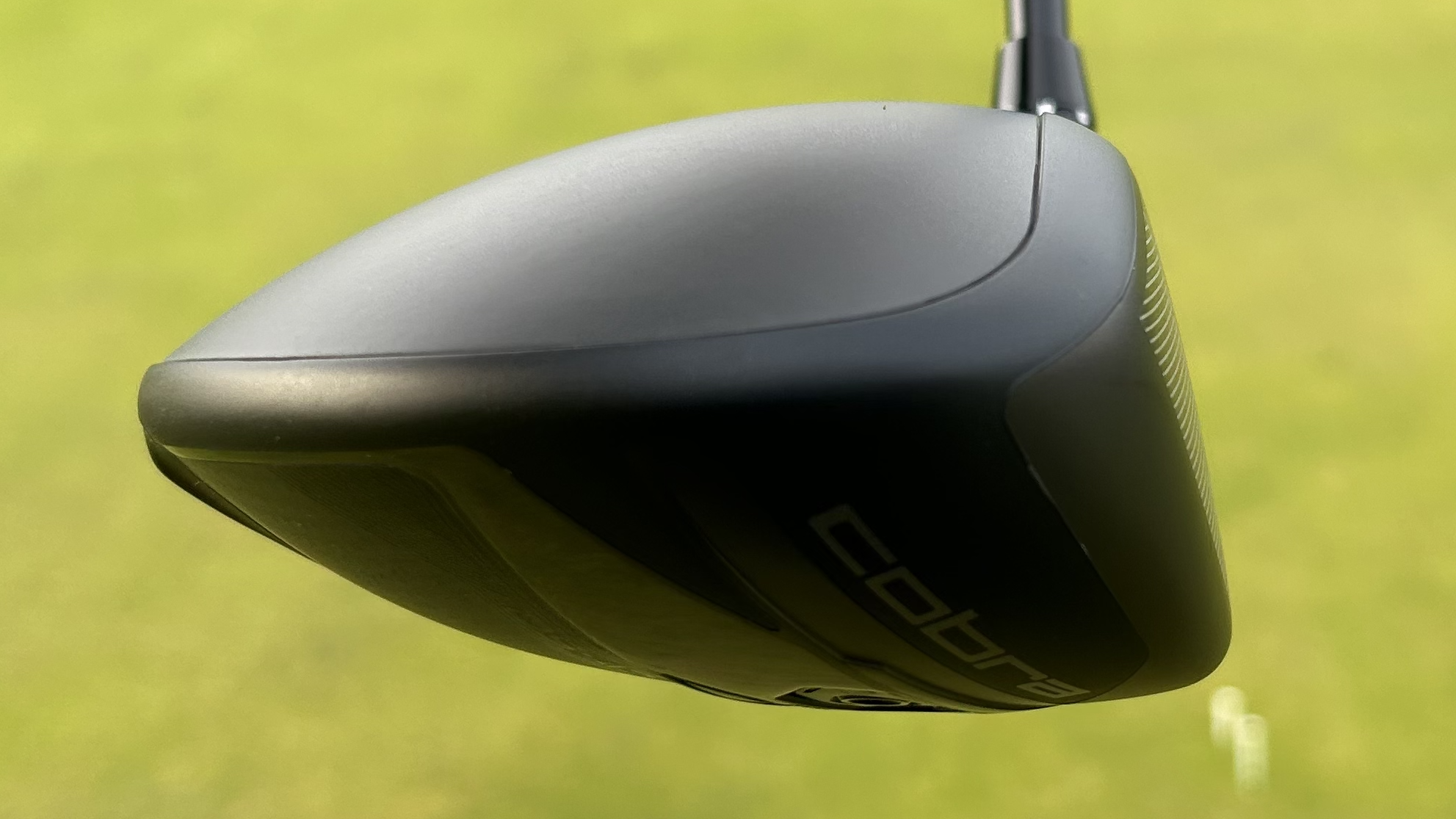
One final thing that Cobra has also smartly addressed is the issue of face angle. Once again on a lot of other manufacturers' loft sleeves, when you make adjustments, not only are you affecting potentially both driver loft angle and lie angle but you will also alter the face angle of the clubhead i.e. if it sits open or closed in behind the ball.
Cobra has introduced a very clever contouring system on the sole of their drivers this year called ‘SmartPad’ that ensures whichever setting you pop the driver in, it will still sit perfectly squarely behind the ball in the playing position.
Visually, the DS-ADAPT had some big shoes to fill from the Darkspeed family of 2024 which absolutely nailed the aesthetics, and I think Cobra has done a decent job. The shelf appeal of the LS remains strong, and the very triangular nature of last year's head has been rounded off a little which I much prefer. There is however one detail that I am not entirely in love with, and that is on the crown.
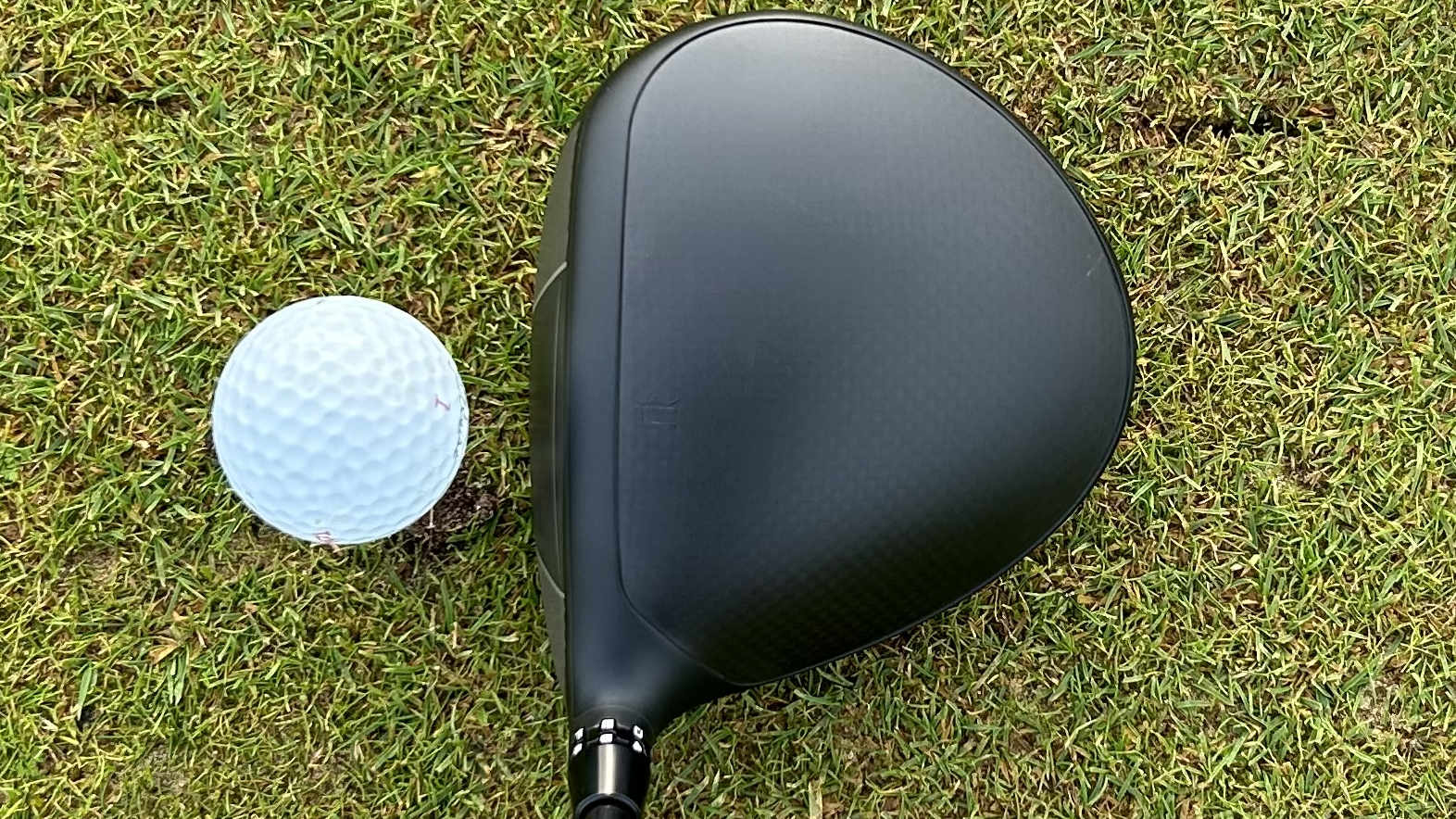
With many of these multi-material clubheads, there is very often a joining point or banner strip between the crown and the face which often provides a very interesting visual reference point. However, it also plays quite a pivotal role in finalizing the profile of the clubhead and as such needs to be shaped carefully. For me, the banner strip on the LS lacks a touch of symmetry and cuts in far too sharply around the hosel, disrupting the overall visual for me. In the grand scheme of things this is a minor criticism, however, and has zero effect on the performance. Speaking of which…
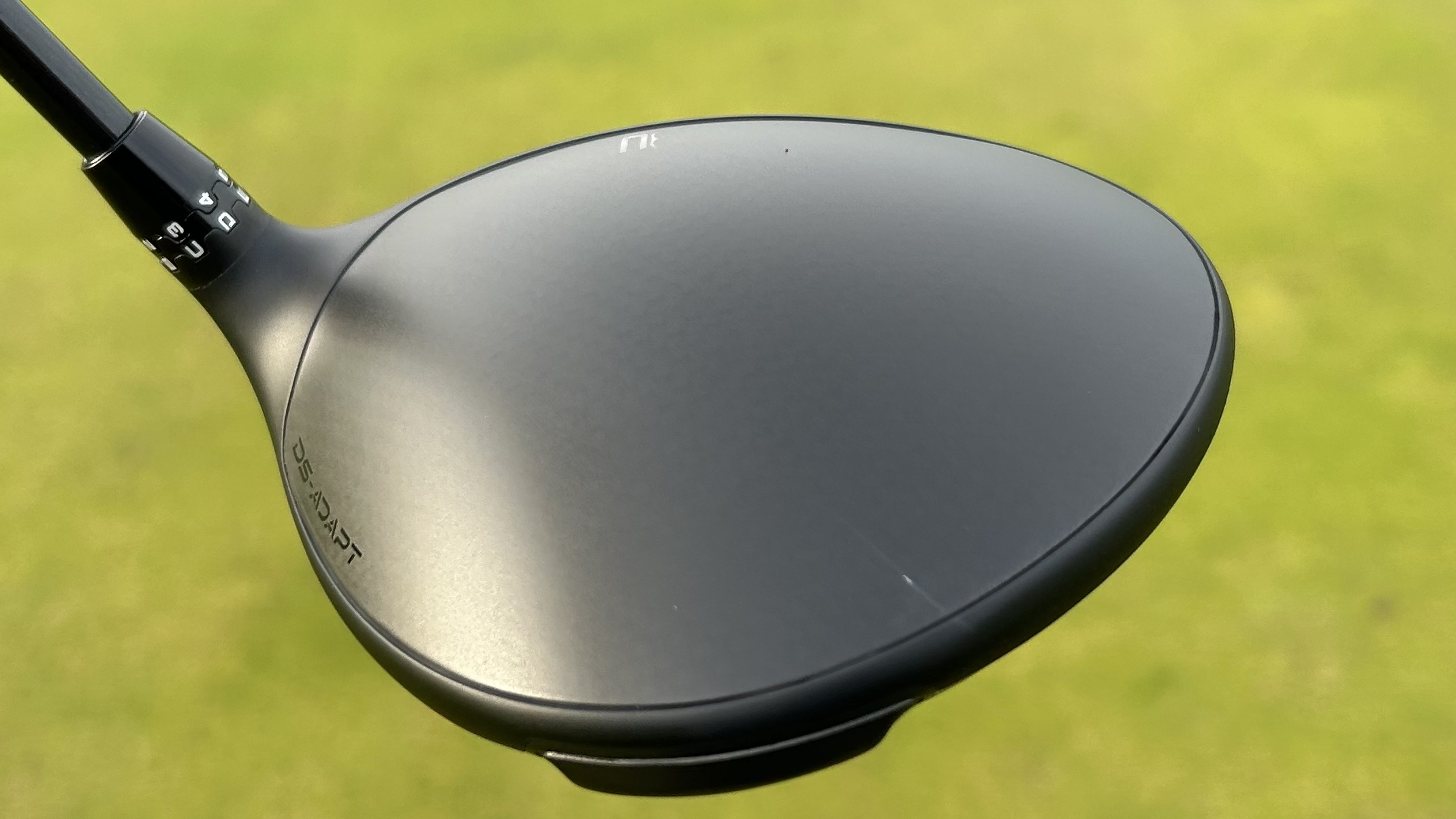
I tested the Cobra DS-ADAPT LS driver at Saunton Golf Club using TaylorMade TP5 golf balls and my FullSwing KIT launch monitor. With the LS (low spin) name, I was expecting a similar, penetrating ball flight that I experienced last year from the Darkspeed LS, and that is exactly what I got - in bucket loads. Cobra has achieved the brief so well here that I was struggling to get the spin rate much above 2000 rpm throughout any of my testing sessions. This is about as low-spin as it gets and I think that is to its credit. Too often manufacturers dip their toe into a genre or profile of driver and it creates too many crossovers in a range, here, Cobra has positively leapt into it. One thing that can definitely be said about the full DS-ADAPT range is that each of the models very blatantly achieves what it promises, and it’s not subtle.
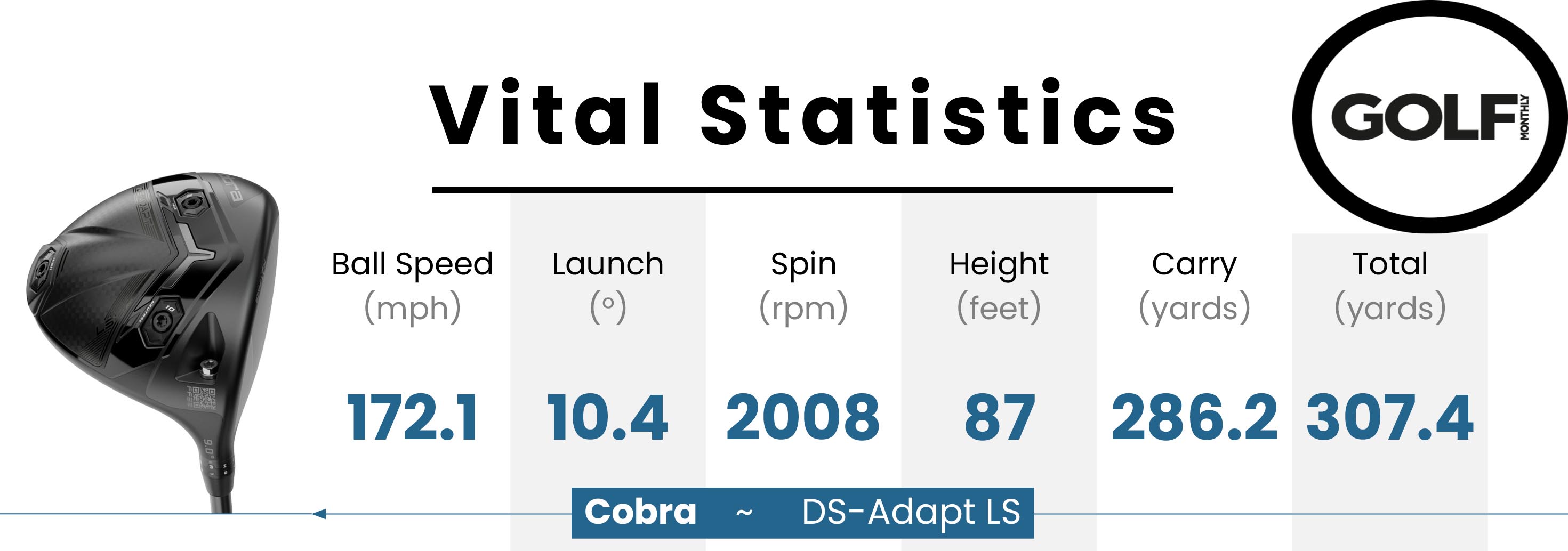
Another positive is that I found the playability or forgiveness to have jumped up a notch from the Darkspeed LS. Sometimes these low-spin drivers with a very forward CG positioning can be somewhat volatile on poorly struck shots, and I did find that from time to time with its predecessor, however, it would be fair to say that the DS-ADAPT LS is significantly less ‘needy’ in terms of strike.
Finally, onto the feel and acoustics, and this entire DS-ADAPT range is an early contender to be the best feeling drivers of 2025 to me. Every single driver in the range hits the right notes for me at impact, not too high-pitched but also not that kind of dull carbon thud you get from some models either, just a brilliant mid-level note or pitch that genuinely enhanced user experience. I really think Cobra has hit a sweetspot here and this is one of the best-feeling ranges I have personally tested, maybe ever.
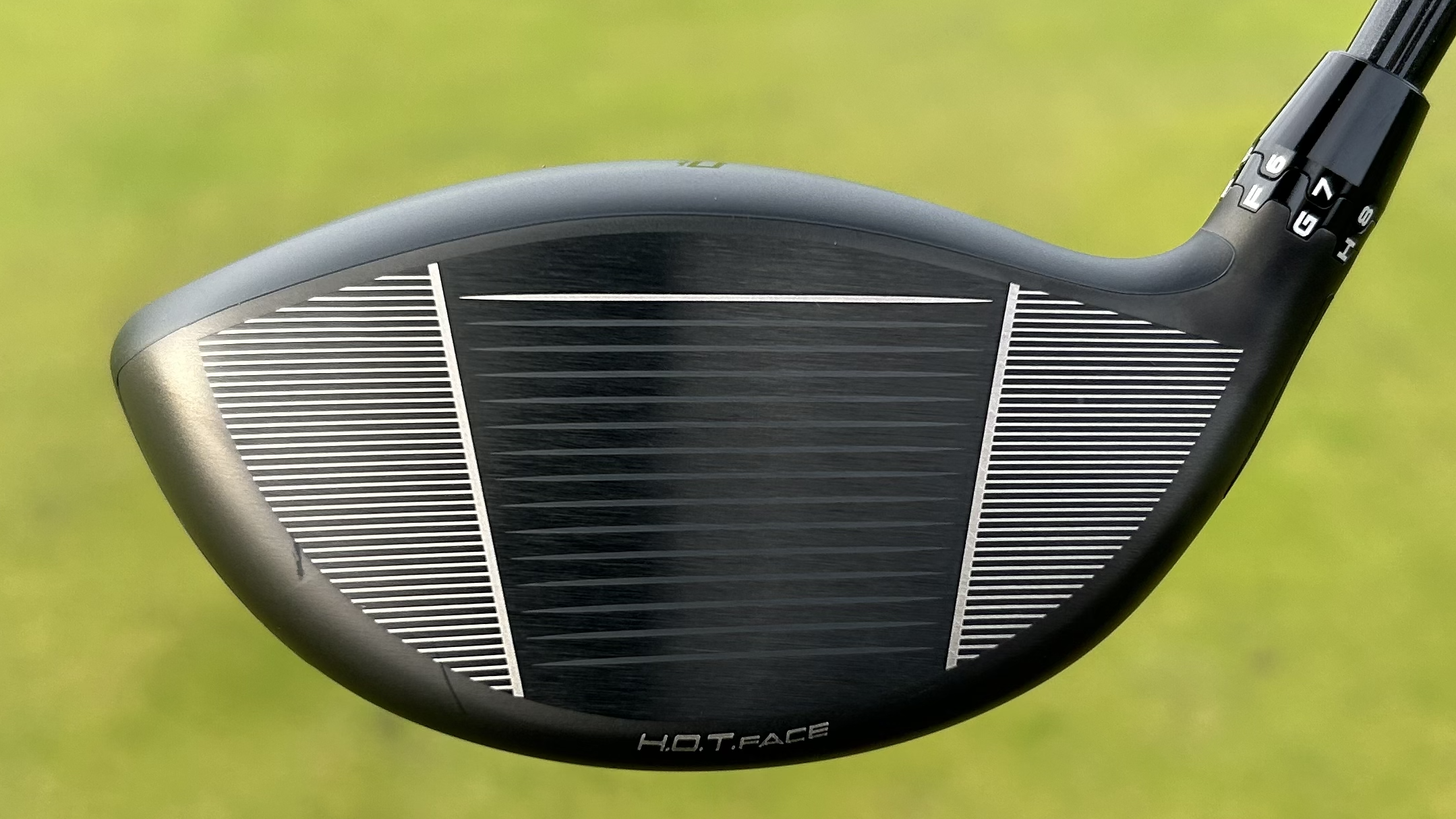
Lively without feeling harsh, yet somehow that liveliness is combined with an almost subdued feel at strike. Any tennis players among you may empathize with this, it’s almost like the feeling when you add a vibration dampener to a well-strung racquet, you don’t lose the power, but it softens slightly.
Overall, I am seriously impressed with the Cobra DS-ADAPT LS. Its predecessor set a strong benchmark, and I think in many ways this model has surpassed it. The triangular shape has softened, the forgiveness has ramped up, and the feel is nothing short of exquisite. There’s not much to dislike here.
The DS-ADAPT LS driver will retail at $549/£469 and is available in 9˚ and 10.5˚ models and will be available at retail and online from January 17th.
Get the Golf Monthly Newsletter
Subscribe to the Golf Monthly newsletter to stay up to date with all the latest tour news, equipment news, reviews, head-to-heads and buyer’s guides from our team of experienced experts.

Joe has worked in the golf industry for nearly 20 years in a variety of roles. After a successful amateur career being involved in England squads at every age group, Joe completed his PGA degree qualification in 2014 as one of the top ten graduates in his training year and subsequently went on to become Head PGA Professional at Ryder Cup venue The Celtic Manor Resort. Equipment has always been a huge passion of Joe’s, and during his time at Celtic Manor, he headed up the National Fitting Centres for both Titleist and Taylormade. He’s excited to bring his knowledge of hardware to Golf Monthly in the form of equipment reviews and buying advice.
Joe lives in North Devon and still plays sporadically on the PGA West region circuit. His best round in recent years came earlier in 2023 where he managed a 9 under par 63 at Trevose GC in a Devon & Cornwall PGA Tournament.
Joe's current What's In The Bag?
Driver: Switch between TaylorMade Qi35 and Callaway Elyte TD - both with Fujikura Ventus Black 6-X
Fairway wood 1: TaylorMade BRNR Copper Mini Driver - Fujikura Ventus Black 7-X
Fairway wood 2: Callaway Apex UW 17˚- Fujikura Ventus Black 9-X
Irons: TaylorMade P7CB 3-PW with Dynamic Gold Tour Issue X100 shafts
Wedges: Callaway Opus 50, 54, and 60 degrees - Project X LS 6.0 shafts
Putter: LAB Golf Oz.1 (zero shaft lean)
Ball: TaylorMade 2024 TP5x
Grips: Golf Pride Tour Velvet 60R
Bag: Vessel Player IV Pro DXR Stand
-
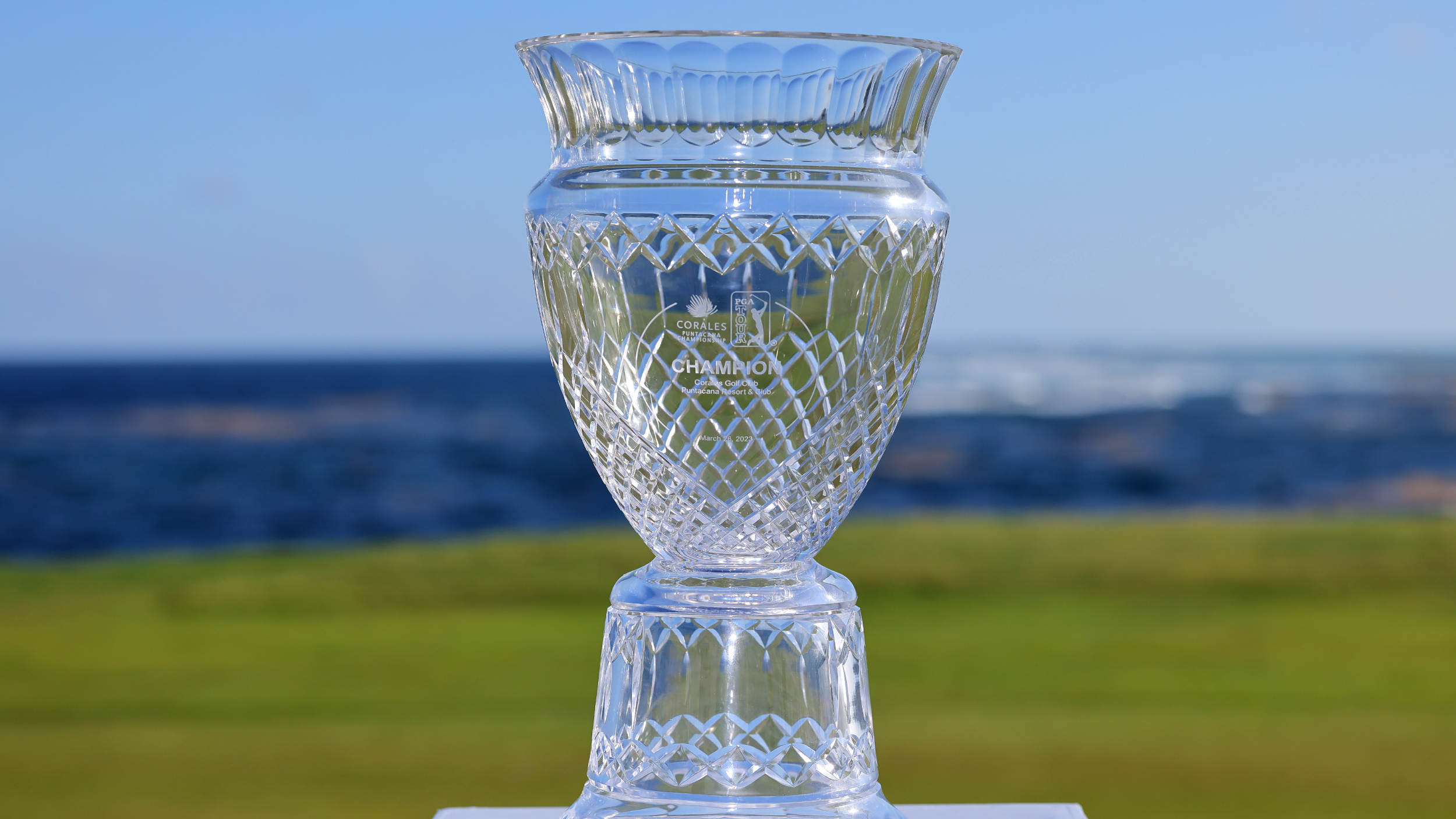 Corales Puntacana Championship Prize Money Payout 2025
Corales Puntacana Championship Prize Money Payout 2025The PGA Tour’s latest opposite field event features an attractive prize money payout and some former champions in the field
By Mike Hall Published
-
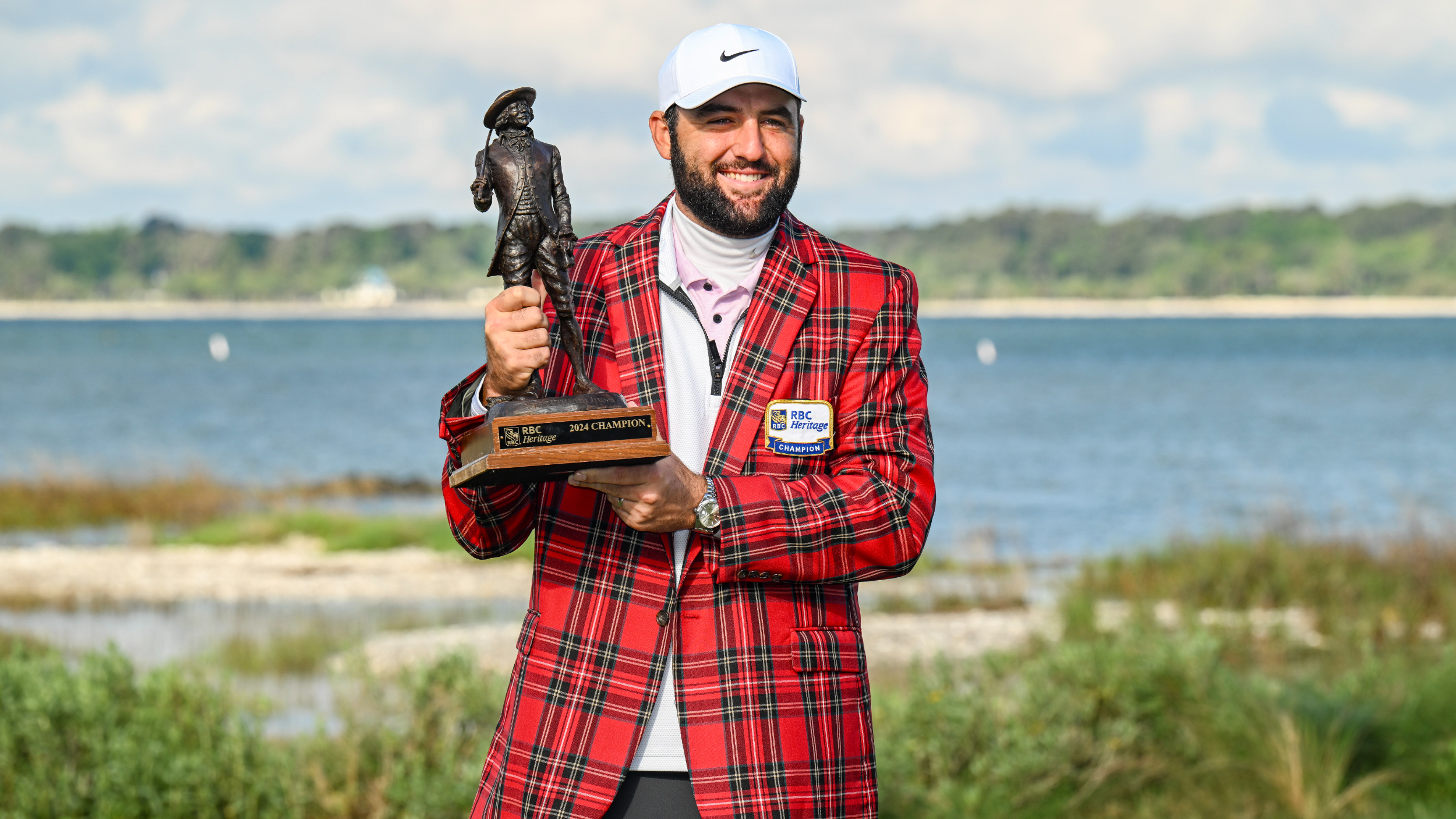 RBC Heritage Prize Money Payout 2025
RBC Heritage Prize Money Payout 2025Scottie Scheffler defends his title at Harbour Town in the latest of the PGA Tour’s signature events
By Mike Hall Published
-
 The Last Time Rory McIlroy Won A Major (Prior To The 2025 Masters)....
The Last Time Rory McIlroy Won A Major (Prior To The 2025 Masters)....We wind the clock back to the year 2014, when Rory McIlroy was the heir-apparent to Tiger Woods
By Michael Weston Published